-
main-collection-product-grid
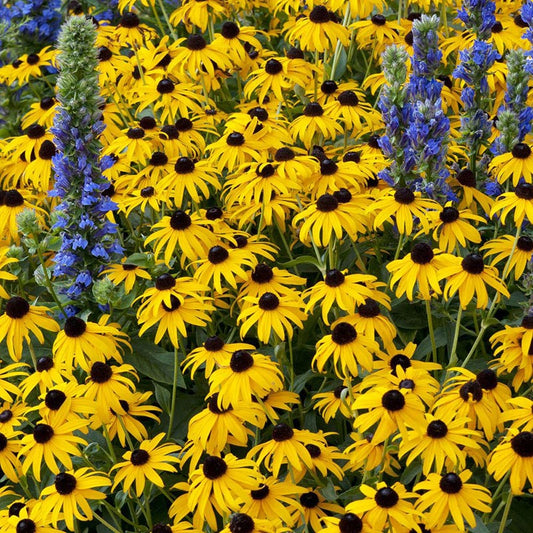
Black Eyed Susan Seeds
This distinctive wildflower is a North American native and great for a kid's gardenBlack Eyed Susan Seeds
This distinctive wildflower is a North American native and great for a kid's gardenRegular price As Low As $4.49Regular priceUnit price per -
main-collection-product-grid
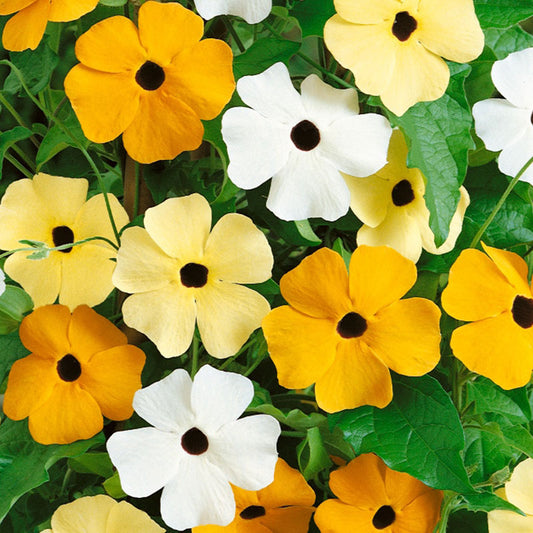
Black Eyed Susan Seeds - Vine Mix
A vigorous free-flowering vine that can reach eight feet in a seasonBlack Eyed Susan Seeds - Vine Mix
A vigorous free-flowering vine that can reach eight feet in a seasonRegular price As Low As $4.79Regular priceUnit price per -
main-collection-product-grid
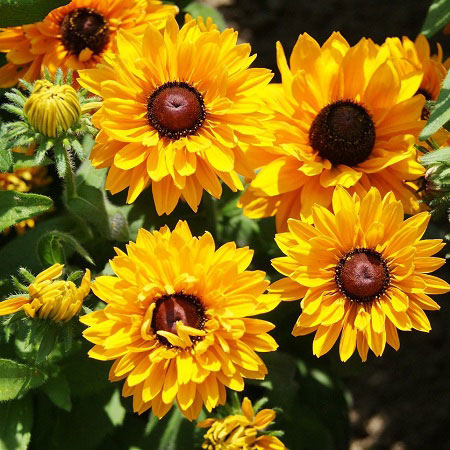
Black Eyed Susan Seeds - Goldilocks
Not too small, not too large—this mix is just rightBlack Eyed Susan Seeds - Goldilocks
Not too small, not too large—this mix is just rightRegular price As Low As $6.09Regular priceUnit price per -
main-collection-product-grid
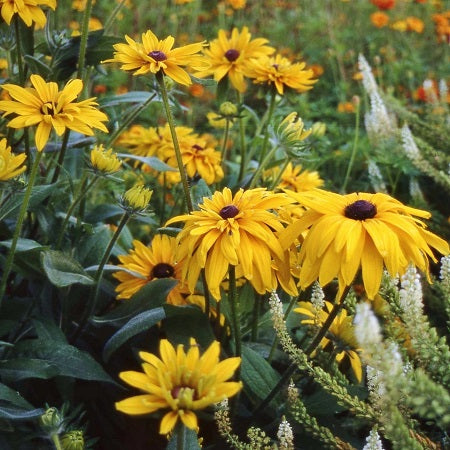
Black Eyed Susan Seeds - Double Golden Gloriosa
Low-maintenance perennial reliably produces huge double bloomsBlack Eyed Susan Seeds - Double Golden Gloriosa
Low-maintenance perennial reliably produces huge double bloomsRegular price As Low As $5.79Regular priceUnit price per -
main-collection-product-grid

Black Eyed Susan Seeds (Dwarf) - Rustic Mix
Compact plants boast vibrant full-size bloomsBlack Eyed Susan Seeds (Dwarf) - Rustic Mix
Compact plants boast vibrant full-size bloomsRegular price As Low As $4.79Regular priceUnit price per -
main-collection-product-grid
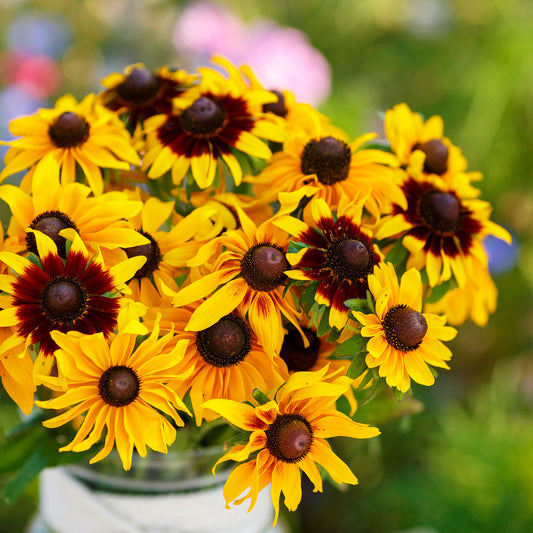
Daisy Seeds - Gloriosa
We think these golden blooms are divineDaisy Seeds - Gloriosa
We think these golden blooms are divineRegular price As Low As $4.49Regular priceUnit price per -
main-collection-product-grid
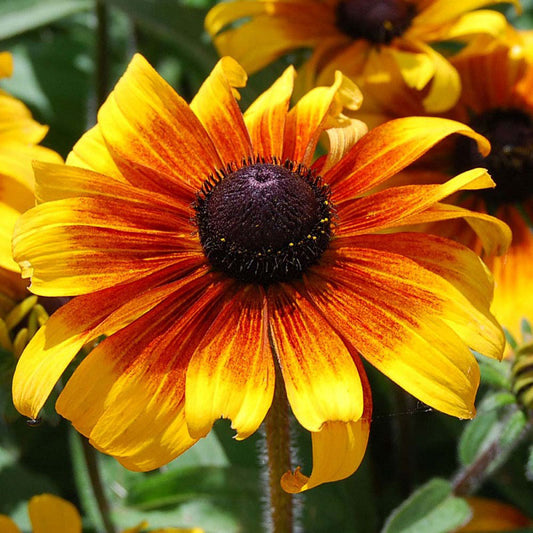
Black Eyed Susan Seeds - Marmalade
You'll want to save these colorful petals for crafts and arrangementsBlack Eyed Susan Seeds - Marmalade
You'll want to save these colorful petals for crafts and arrangementsRegular price As Low As $4.79Regular priceUnit price per -
main-collection-product-grid
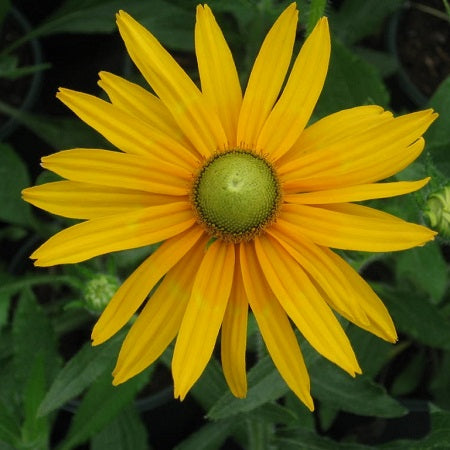
Black Eyed Susan Seeds - Green Eyes
Also called Irish Eyes, this unique heirloom variety has striking green centersBlack Eyed Susan Seeds - Green Eyes
Also called Irish Eyes, this unique heirloom variety has striking green centersRegular price As Low As $6.09Regular priceUnit price per -
main-collection-product-grid
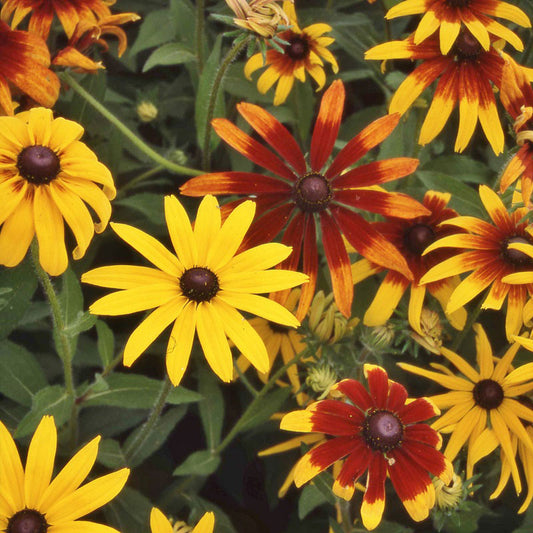
Daisy Seeds - Gloriosa Mix
Plant these gold and rust-colored blooms en masse for a field of gloryDaisy Seeds - Gloriosa Mix
Plant these gold and rust-colored blooms en masse for a field of gloryRegular price As Low As $4.49Regular priceUnit price per -
main-collection-product-grid
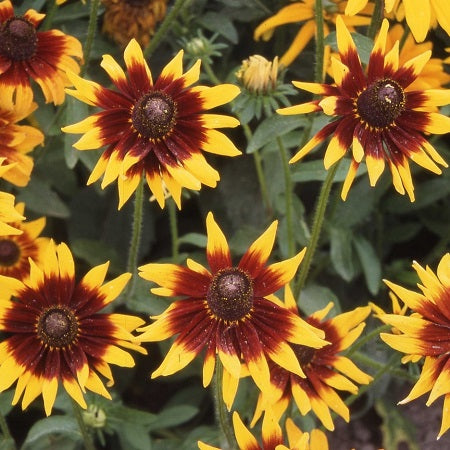
Black Eyed Susan Seeds - Autumn Forest
Prolific bicolored blooms are perfect for fall bouquetsBlack Eyed Susan Seeds - Autumn Forest
Prolific bicolored blooms are perfect for fall bouquetsRegular price As Low As $4.79Regular priceUnit price per -
main-collection-product-grid
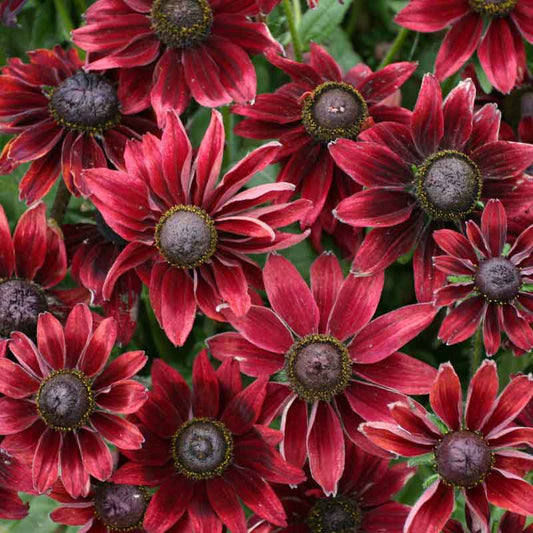
Black Eyed Susan Seeds - Cherry Brandy
First-ever red variety to the black-eyed Susan familyOut of StockBlack Eyed Susan Seeds - Cherry Brandy
First-ever red variety to the black-eyed Susan familyRegular price $5.95Regular priceUnit price per -
main-collection-product-grid
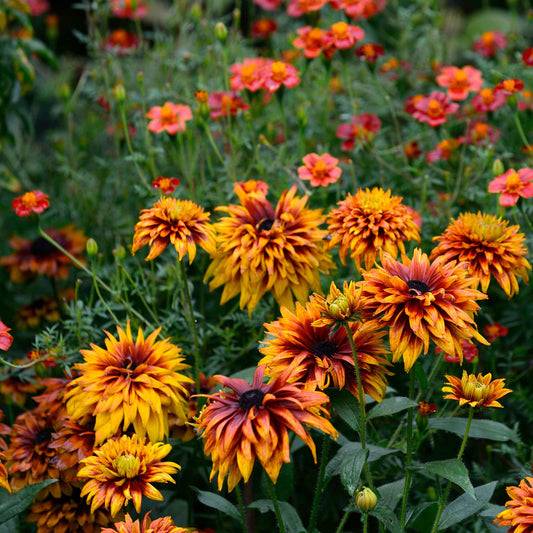
Black Eyed Susan Seeds - Cherokee Sunset
All America Selections Award WinnerOut of StockBlack Eyed Susan Seeds - Cherokee Sunset
All America Selections Award WinnerRegular price $5.95Regular priceUnit price per -
main-collection-product-grid
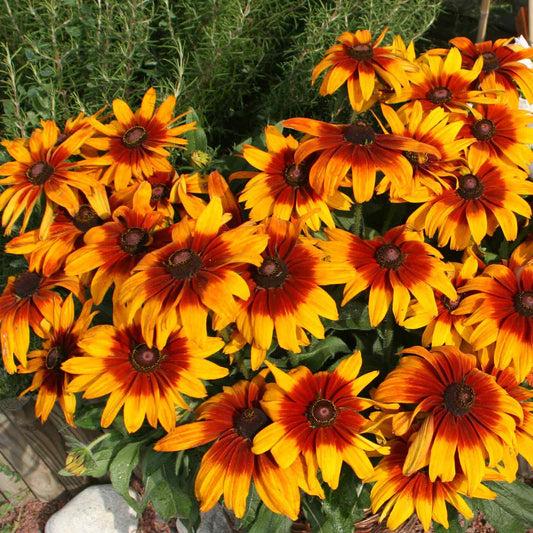
Black Eyed Susan Seeds - Cappuccino
Radiates warmth and brings butterflies in by the dozenBlack Eyed Susan Seeds - Cappuccino
Radiates warmth and brings butterflies in by the dozenRegular price $5.95Regular priceUnit price per -
main-collection-product-grid
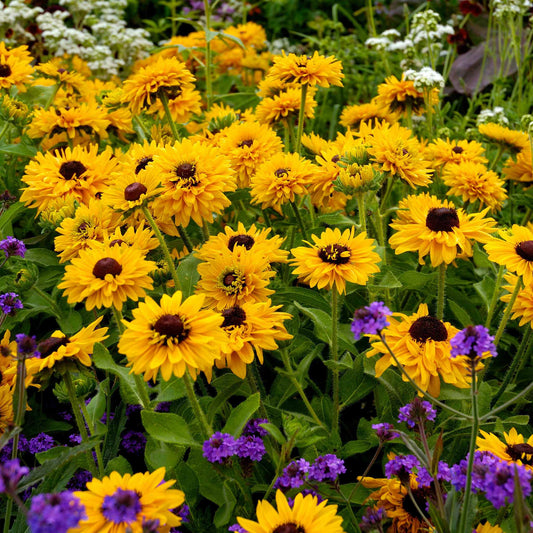
Black Eyed Susan Seeds - Maya
Fluffy double flowers of golden yellow on a compact plantBlack Eyed Susan Seeds - Maya
Fluffy double flowers of golden yellow on a compact plantRegular price $4.79Regular priceUnit price per -
main-collection-product-grid
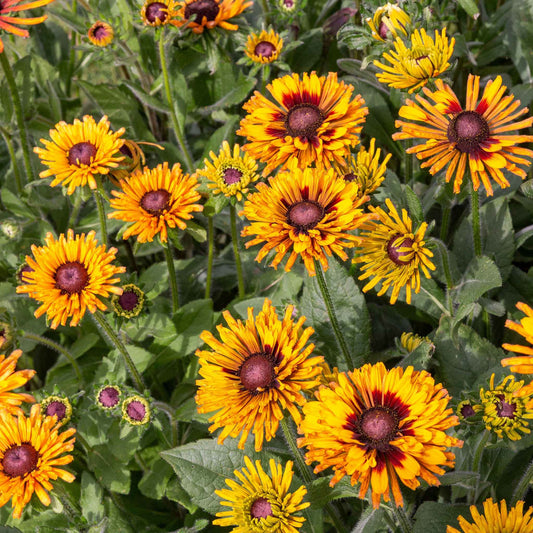
Black Eyed Susan Seeds - Chim Chiminee
Fuzzy and fun-shaped flowers in chocolate, bronze, and goldBlack Eyed Susan Seeds - Chim Chiminee
Fuzzy and fun-shaped flowers in chocolate, bronze, and goldRegular price $5.95Regular priceUnit price per -
main-collection-product-grid
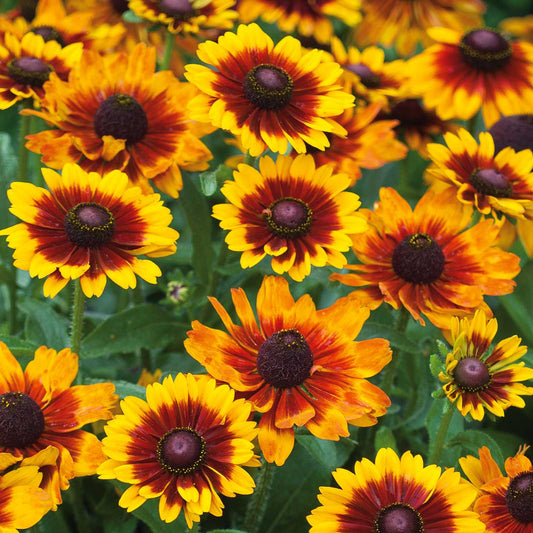
Black Eyed Susan Seeds - Toto Rustic
Rudbeckia hirtaBlack Eyed Susan Seeds - Toto Rustic
Rudbeckia hirtaRegular price $5.95Regular priceUnit price per
What we love about growing Black Eyed Susans
- 16 Black Eyed Susan seed varieties
- Popular native North American biennial
- Long lasting and easy to grow
- Thrives in bright, sunny growing locations
growing black eyed susan flowers from seed
Black Eyed Susan is perhaps the most emblematic of the classic North American wildflowers and a stalwart of any wildflower meadow. Often called "pioneer plants," these blooms are typically the first to grow in an area damaged by fire or natural disasters. In addition, Black Eyed Susans are the plant host of the Silvery Checkerspot butterfly caterpillar. This herbaceous plant belonging to the aster family originates from eastern and central parts of the United States but can be found naturalized all over North America. Fun fact: it's the state flower of Maryland!
ideal black eyed susan conditions
Black Eyed Susans, also referred to by their botanical name Rudbeckia hirta can be planted in any soil from sand to clay, as long as soil temperatures are around 70°F. These blooms are extremely resilient and will thrive whether they are started indoors or directly sown into your flower bed! Though they grow well in fairly dry soil, Black Eyed Susans perform best with occasional watering in dry weather and plenty of sunlight. They also love to be planted next to a multitude of different varieties such as zinnias and Gerber daisies.
Black Eyed Susans typically grow anywhere between 12 and 27 inches tall, offering upright branching and ovate shaped leaves. These fast-growing heirlooms perform best when planted about six to eight inches apart to avoid crowding. Oftentimes Black Eyed Susans will bloom in spring, summer, or fall depending on your zone and when the seeds are started. It is important to note that these plants will mature approximately 60 to 90 days after sowing and they prefer spring and fall planting.
what to expect when planting black eyed susan seeds
Blooms may not appear in the first growing year; they typically make their grand debut during the second year. But when these new blooms do arrive, prepare to be promptly greeted by pollinators such as bees and hummingbirds, as they will greatly appreciate these beautiful, daisy-like flowers! In addition to being pollinator attractors, Black Eyed Susans are deer resistant, drought tolerant, and poor soil tolerant. To sum it up, these flowers are incredibly easy to grow and maintain and make a lovely, low maintenance addition to any garden! Additionally. If you wish to use your blooms in a cut flower arrangement, Black Eyed Susans have a vase life of six to ten days and look beautiful next to just about any variety!
If planting in a smaller area (80 square feet or less), a packet of Eden Brothers' Black Eyed Susans will be plenty. However, we offer this variety in packages up to five pounds, covering up to 1.3 acres of land!
For more information about planting, growing, and caring for Black Eyed Susan flower seeds, see the Black Eyed Susan Seeds Planting Guide.















